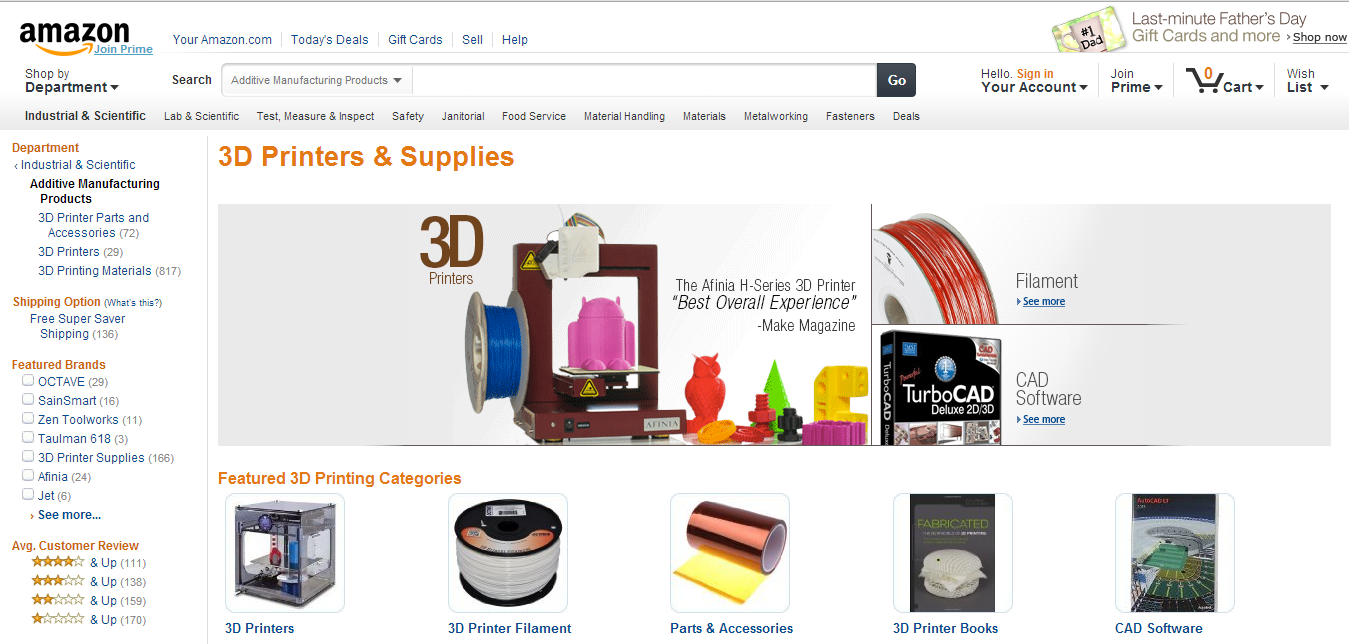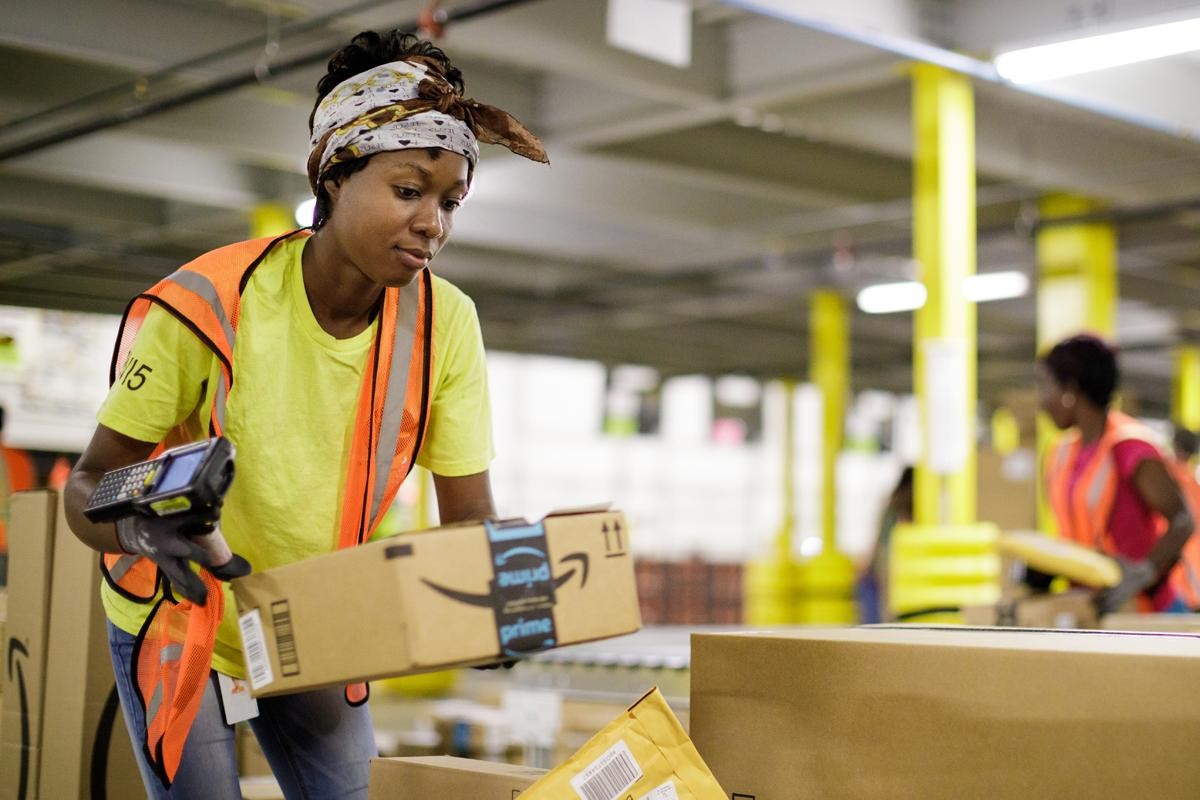



It's not a long shot to imagine that the retail giant could very well involve law enforcement once again: either selling them the biometric recognition service/technology or working with them for the purpose of surveillance, both of which Amazon has done in the past. Worse, with our biometric data in its hands, Amazon can essentially do what it wants with it-and this could go beyond targeted advertising, considering that Amazon has already opened its doors to third-party companies who are interested in making Amazon One a part of their business. And, unlike a palm print, a payment card can be easily changed if it's compromised. It is the opposite of the approach being taken by FIDO2, for example, a passwordless authentication scheme that can be used with biometrics without the biometric data ever leaving its owner's control.Īmazon stores palm data indefinitely, unless someone manually deletes it from their profile or if the member doesn’t use the feature for two years.Ĭritics have pointed out that having our palms scanned for increased convenience and quick(er) closing of transactions is unnecessary when a contactless payment card can do the exact same thing. Particularly if that information is biometrics that can't be changed if they're leaked or breached. They also didn’t say if they comply with current standards for capturing, exchanging, and storing biometric data.Īmazon is well capable of creating a very secure system, but any plan to create a centralized repository of authentication information should give us pause. How these palm signatures are encrypted, Amazon didn’t specify. Palm images, card details, and phone numbers are also never stored in the Amazon One device, and (the company further claims) they are “protected at all times, both at rest and in-transit”. Palm signatures are created, encrypted, and stored in the cloud. In fact, the forensic science community generally accepts palm prints as positive identification. But, like fingerprints, latent palm prints can also be lifted or picked up from touched objects, making it a viable way to help identify an individual. It's certainly less obviously personally identifiable than face recognition and it's difficult to take a photo of someone's palm and use that to spoof anything. Why palm prints, you ask? In the FAQ section here, Amazon claim that "palm recognition is considered more private than some biometric alternatives because you can’t determine a person’s identity by looking at an image of their palm."
#Amazon starts photo print store news skin
This biometric scanner can now be found in use in Amazon Books, Amazon Go convenience stores, Amazon Go Grocery, and Amazon 4-star stores in various US states, including Maryland, New Jersey, New York, and Texas.Īmazon says it scans and captures the minutest detail of a palm, which includes ridges, lines, and features under the skin like vein patterns, to create a unique palm signature. Since then, Amazon has rolled out Amazon One to more of its stores in the Seattle area and beyond. Amazon One is Amazon's palm-powered contactless identity serviceĪmazon One was introduced in September 2020 as (according to Dilip Kumar, Vice President of Physical Retail & Technology for Amazon in an official post) "a quick, reliable, and secure way for people to identify themselves or authorize a transaction while moving seamlessly through their day." The announcement came in the thick of the Covid-19 pandemic, which seemed to give it a boost due to its non-contact nature.


 0 kommentar(er)
0 kommentar(er)
